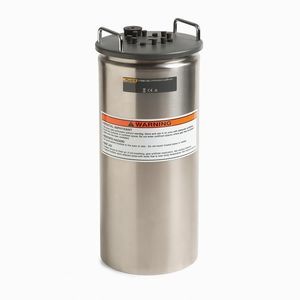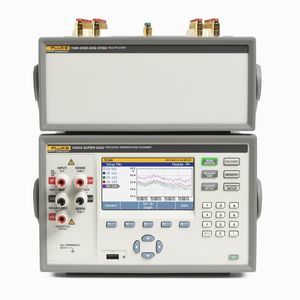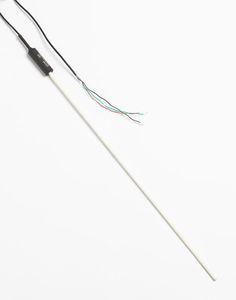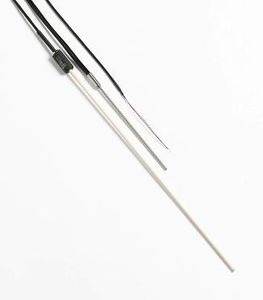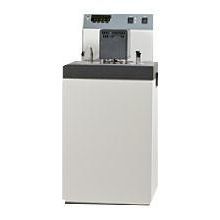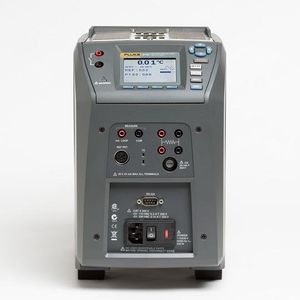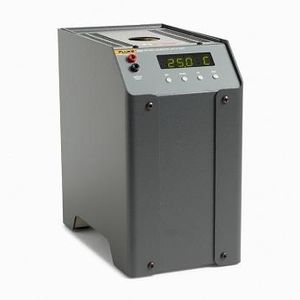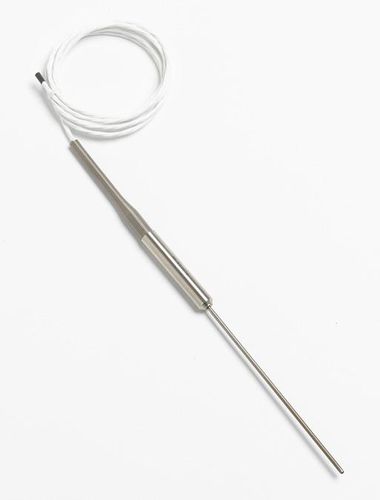
RTD temperature probe 5618B seriesinsertionsmall




Add to favorites
Compare this product
Characteristics
- Technology
- RTD
- Mounting
- insertion
- Other characteristics
- small
- Temperature
Max.: 500 °C
(932 °F)Min.: -200 °C
(-328 °F)
Description
Secondary level performance with full ITS-90 calibration
• Small diameter sheath, 3.2mm (0.125 in)
• Excellent stability
• Includes ITS-90 coefficients
For secondary level performance with full ITS-90 calibration, Fluke Calibration’s 5618B series PRTs are an excellent choice for critical temperature measurements. Featuring a 3.2 mm diameter (1/8 in) sheath, these industrial standards probes have reduced response time without compromising precision. This small diameter 5618A probe works well in many applications where immersion depth is limited. Larger diameter probes give more measurement error in short immersion depth applications because they conduct more heat between ambient and the sensor.
With each probe you will receive a full NVLAP-accredited calibration report. On the report you’ll get the test data and the ITS-90 calibration coefficients that you can easily input into your Fluke Calibration thermometer.
The 5618B is also a great probe to use for calibrating your Fluke Calibration 9132 or 9133 infrared calibrators. In fact, these IR black body heat sources were designed to be calibrated with this type of probe. Now you can calibrate these targets in your own lab!
For use from –200 °C to 500 °C (the six-inch model goes to 300 °C), you won’t find a better industrial standard in this configuration than our 5618B. We recommend using the 5618B PRTs with the 1523, 1524, 1502A, 1529, or 1560 thermometer readouts.
Catalogs
Related Searches
- Temperature probe
- Resistance temperature probe
- Calibration system
- Digital pyrometer
- Industrial pyrometer
- Thermocouple temperature probe
- Stainless steel temperature probe
- Hand-held thermometer
- °C pyrometer
- Portable calibration system
- RTD temperature probe
- Stainless steel pyrometer
- Temperature calibration equipment
- Precision pyrometer
- Insertion temperature probe
- Precision calibration system
- Small temperature sensor
- Resistance thermometer
- Fixed pyrometer
- Probe thermometer
*Prices are pre-tax. They exclude delivery charges and customs duties and do not include additional charges for installation or activation options. Prices are indicative only and may vary by country, with changes to the cost of raw materials and exchange rates.




